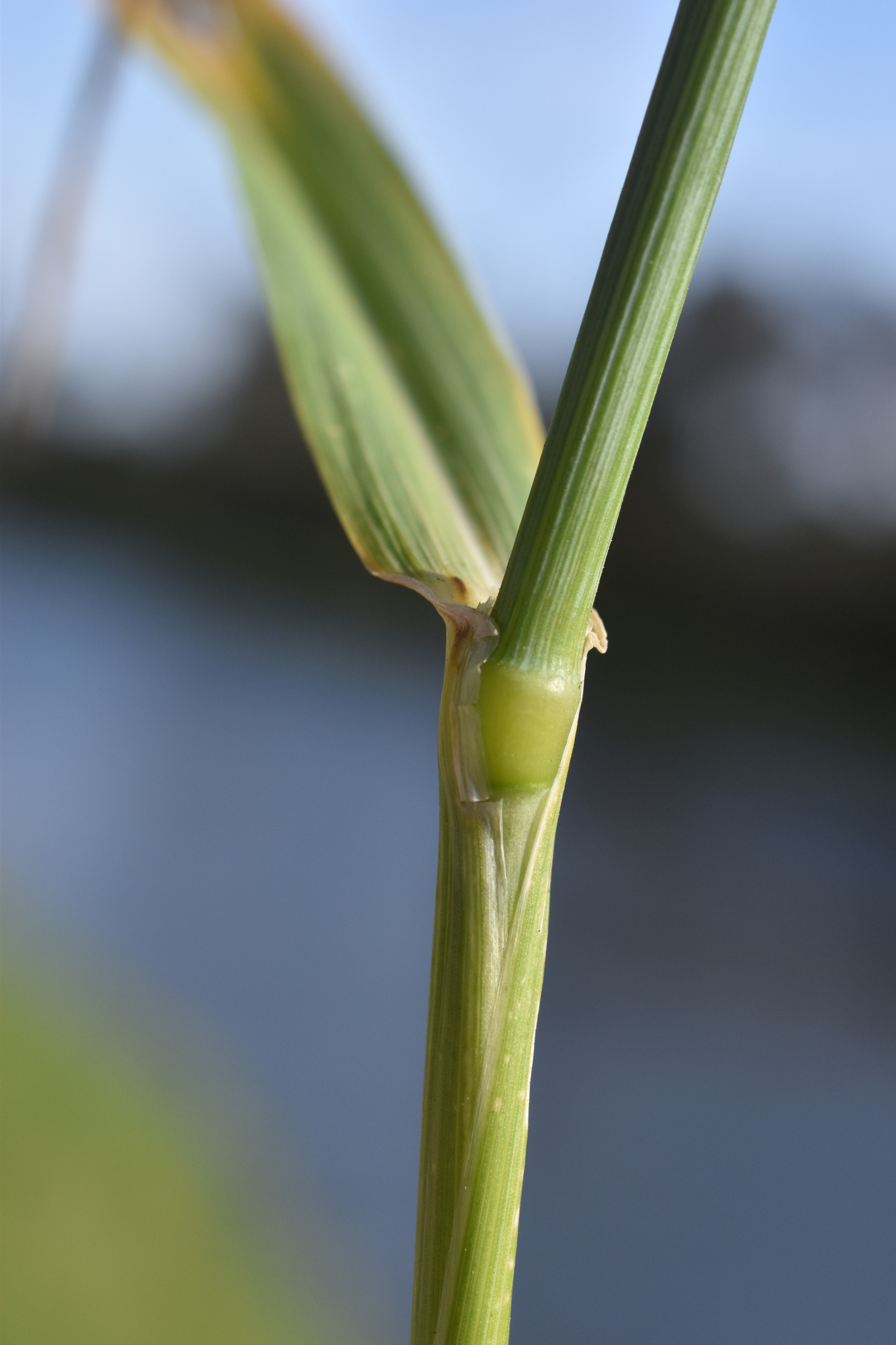
Classical Latin name for wheat.
Robust erect annuals. Leaves rolled in bud but eventually flat. Ligules translucent. Inflorescence a single dense elongated spike. Spikelets distichous, of 2-5 flowers, the upper 1 or 2 sterile, set into the concave axis. Disarticulation occurs above the glumes and between the florets. Glume ridged, of 3- several nerves, the tip pointed, toothed or with 1-few awns. Lemmas many-nerved, usually longer than the glumes. Grain falling free or retained within the glumes. Palea entire, 2-nerved, 2-keeled.
The commercial cultivated wheat is a cultigen of uncertain origin but with a complex ancestry including Aegilops spp. The cultivated wheats have been sorted into 8 groups, the most economically important being the Durum Group (pastas including macaroni, semolina, spaghetti and vermicelli), Aestivum Group (spring and winter wheats for bread, also used in production of vodka), and Spelta Group (health foods including wheat germ).
Seed.
The most important temperate cereal with over 16 000 cultivars, T. aestivum being Bread Wheat, the most widely grown of all the cereals, and T. durum, Macaroni Wheat.
Characteristic wheat 'ears' having 2-5 flowered spikelets, broad 5-7-nerved glumes and broad lemmas that are rough along the ridge.
About 25 species, 4 species from the Mediterranean to Iran. Australia has 1 naturalised species.
Löve (1984).
Source: (2005). Poaceae. In: . Horticultural Flora of South-eastern Australia. Volume 5. Flowering plants. Monocotyledons. The identification of garden and cultivated plants. University of New South Wales Press.
